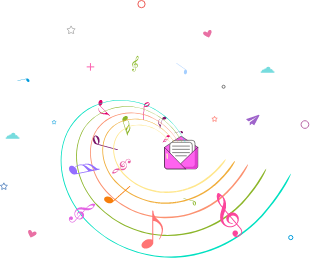Before diving into the 100-stroke myth, it’s essential to understand the basic structure of hair and scalp. Hair is composed primarily of keratin, a protein that gives it strength and elasticity. The scalp, on the other hand, is a sensitive skin layer that houses hair follicles. Hair growth begins at the root, which is embedded in the hair follicle.
The Role of Brushing in Hair Care
While brushing your hair is a common practice, its impact on hair health is often exaggerated. Brushing can indeed benefit your hair by:
Distributing natural oils
The scalp produces sebum, a natural oil that conditions the hair. Brushing helps spread this oil along the hair shaft, adding shine and preventing dryness.
Detangling
Regular brushing helps to prevent knots and tangles, reducing the risk of breakage.
Stimulating the scalp
Gentle brushing can stimulate blood flow to the scalp, potentially promoting hair growth. However, more research is needed to confirm this link.
The Dangers of Over-Brushing
While brushing has its benefits, excessive brushing can be detrimental to your hair. Over-brushing can lead to:
Hair breakage
Excessive friction from brushing can cause damage to the hair cuticle, leading to split ends and breakage.
Hair loss
Pulling on the hair during brushing can weaken the hair follicles and contribute to hair loss.
Scalp irritation
Over-brushing can irritate the scalp, leading to dryness, itchiness, and dandruff.
The Truth About the 100-Stroke Myth
The idea that brushing your hair 100 times a day is beneficial is unfounded. In fact, it’s likely to cause more harm than good. The optimal number of brush strokes varies depending on hair type, length, and condition. For most people, brushing once or twice a day is sufficient.
Choosing the Right Brush
Selecting the right brush is crucial for maintaining healthy hair. Boar bristle brushes are often recommended as they help distribute natural oils and minimize damage. For thick or curly hair, a wide-tooth comb might be a better option. Avoid brushes with metal bristles, as they can snag and pull on the hair.
Additional Hair Care Tips
Gentle washing
Use lukewarm water and a mild shampoo to cleanse your hair without stripping away natural oils.
Conditioning
Apply conditioner to the ends of your hair to hydrate and protect.
Heat protection
Use heat protectant products before using hot styling tools.
Regular trims
Schedule regular haircuts to remove split ends and prevent further damage.
Healthy diet
A balanced diet rich in vitamins and minerals supports hair health.
While brushing your hair is an essential part of your hair care routine, the 100-stroke myth is a misconception. By understanding the benefits and drawbacks of brushing and following proper hair care practices, you can achieve healthier, shinier hair. Remember, moderation is key, and listening to your hair’s needs is essential for optimal results.



